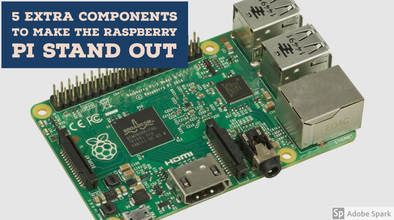|
Making and STEM have become GIANT buzzwords in education, and it’s rightfully so. It all goes back to the fundamental question of, “What is Education For?” If you said anything other than some form of, “preparing for the future,” I would argue you are wrong. No matter what state standards, test, and all the other BS out there say, the classroom is ALL about preparing kids for the future, and STEM/Making do just that.
STEM/Making is just something that is entirely natural for humans. From the beginning of time, we have been engineering ideas and making things to solve the problems that we encounter. There was always a sense of figuring out your needs through math, and a natural progression of solving those problems is trying to figure out how things work to make them better (science). The tech part of STEM has always been there (while primitive, the wheel was tech), but it has become such a need in today’s world where computers run everything. STEM and making are not new concepts; it’s just taken the computer age to show their importance. The beauty of STEM and making is that there are tech pieces that make it easy to give something “an electronic brain,” and my favorite happens to be Raspberry Pi. Don’t get me wrong there are some other good ones out there. Microbit, Hyperduino, and Arduino all come to mind. I think Raspberry Pi is just the right mix of compatibility, relative ease of use, depth of function, and mission. The key to PI though is the customization, and that’s what this blog is all about. There are tons and tons of things out there that let you customize a Pi. These just happen to be my five favorite ones, and of course, they have an education bend to them.
0 Comments
Leave a Reply. |
Archives
January 2023
Categories |

 RSS Feed
RSS Feed
